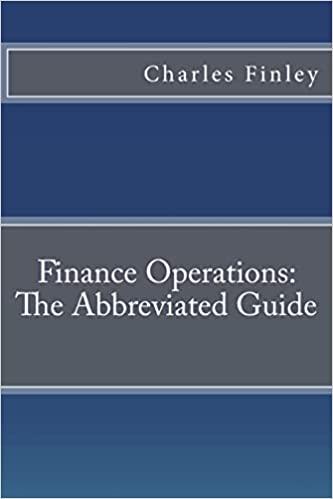Question
Al Ferris has $60,000 that he wishes to invest now in or- der to use the accumulation for purchasing a retirement annuity in 5 years.
Al Ferris has $60,000 that he wishes to invest now in or- der to use the accumulation for purchasing a retirement annuity in 5 years. After consulting with his financial adviser, he has been of- fered four types of fixed-income investments, which we will label as investments A, B, C, D.
Investments A and B are available at the beginning of each of the next 5 years (call them years 1 to 5). Each dollar invested in A at the beginning of a year returns $1.40 (a profit of $0.40) 2 years later (in time for immediate reinvestment). Each dollar in- vested in B at the beginning of a year returns $1.70 three years later.
Investments C and D will each be available at one time in the future. Each dollar invested in C at the beginning of year 2 returns $1.90 at the end of year 5. Each dollar invested in D at the begin- ning of year 5 returns $1.30 at the end of year 5.
Al wishes to know which investment plan maximizes the amount of money that can be accumulated by the beginning of year 6.
(a) All the functional constraints for this problem can be expressed
as equality constraints. To do this, let At, Bt, Ct, and Dt be the amount invested in investment A, B, C, and D, respectively, at the beginning of year t for each t where the investment is avail- able and will mature by the end of year 5. Also let Rt be the number of available dollars not invested at the beginning of year t (and so available for investment in a later year). Thus, the amount invested at the beginning of year t plus Rt must equal the number of dollars available for investment at that time. Write such an equation in terms of the relevant variables above for the beginning of each of the 5 years to obtain the five functional constraints for this problem.
(b) Formulate a complete linear programming model for this problem.
C (c) Solve this model by the simplex model.
Follow the problem instructions to formulate and solve by LINGO in explicit mode. For each year you need an equality constraint. For example, for Year 4 the constraint is: A4+R4 = R3+1.4A2+1.7B1. The objective should be to maximize the dollars available at the end of Year 5, i.e., what was carried over (not invested at the beginning of Year 5) plus the returns of all investments that mature at the end of Year 5. To visualize the problem, look at the attached al ferris graph. OR6205 M8 al ferris graph.jpeg
Step by Step Solution
There are 3 Steps involved in it
Step: 1

Get Instant Access to Expert-Tailored Solutions
See step-by-step solutions with expert insights and AI powered tools for academic success
Step: 2

Step: 3

Ace Your Homework with AI
Get the answers you need in no time with our AI-driven, step-by-step assistance
Get Started


